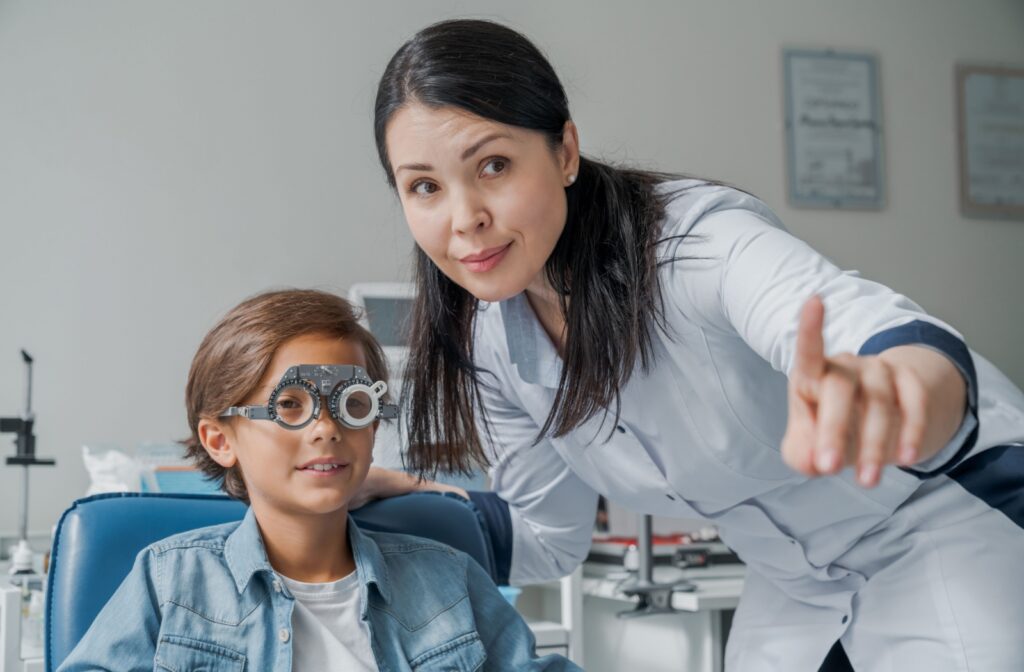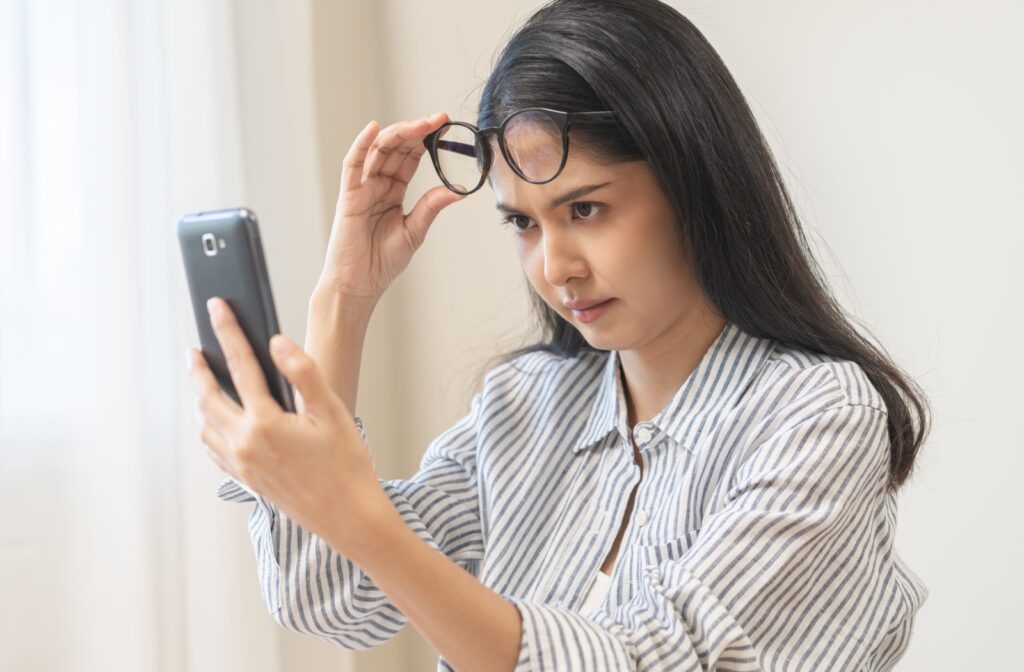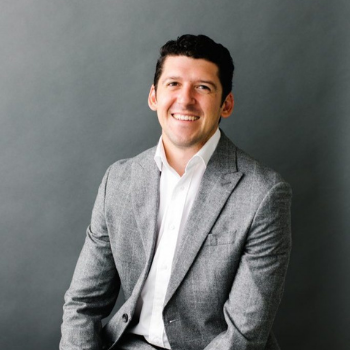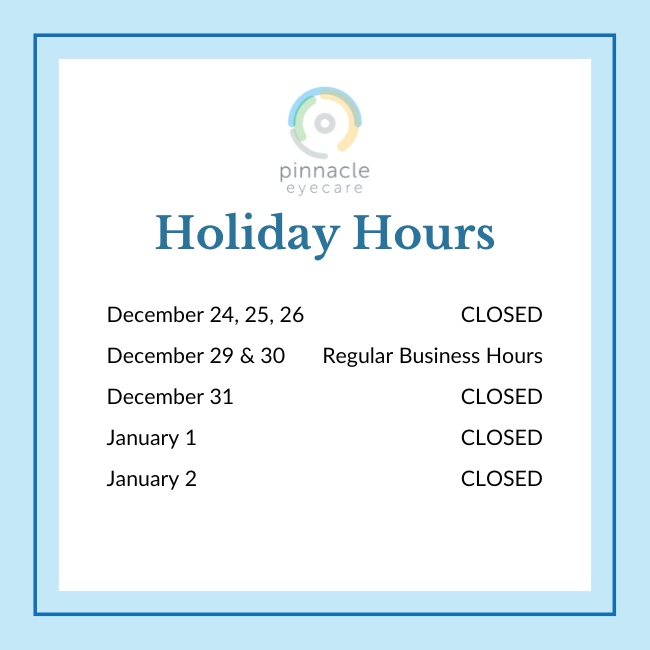Myopia, or nearsightedness, is a common vision condition where distant objects appear blurry while close-up objects remain clear. When myopia worsens over time, it becomes progressive myopia, which can lead to more serious eye health issues if not treated.
Progressive myopia is a condition where the degree of nearsightedness increases gradually. However, myopia can be managed through treatments like glasses, contact lenses, low-dose atropine eye drops, refractive surgery, lifestyle modifications, and regular eye exams.
What Is Progressive Myopia?
Progressive myopia is simply nearsightedness that gradually gets worse.
Nearsightedness is when your eye is longer (from front to back) or if the front surface of your eye (the cornea) is too curved. Because of the elongated shape, light has to travel a longer distance inside your eye to reach the retina—the light-sensitive layer at the back—which makes things far away look blurry.
With progressive myopia, the eye keeps growing longer, or the cornea keeps getting steeper.
For example, someone with mild nearsightedness might only need glasses to see the board at school. In contrast, someone with high myopia might need corrective lenses to see someone sitting across the dinner table.
As a result, people with progressive myopia often need stronger glasses or contact lenses to see clearly as they get older. The condition usually starts in childhood or adolescence.
Refractive errors like myopia or hyperopia (farsightedness) often stabilize in your early 20s. However, progressive myopia can lead to eye health complications and vision problems throughout life if not managed properly.
We can’t currently predict exactly which children with myopia will go on to develop high myopia. By proactively managing myopia in childhood, eye doctors can help slow its development and reduce the risk of more serious vision problems later in life.
What Is the Difference Between Pathologic Myopia & Progressive Myopia?
Both pathologic and progressive myopia involve worsening nearsightedness, but they differ in severity and associated risks. When left unmanaged, high myopia can result in pathologic myopia.
Progressive Myopia
Progressive myopia is when nearsightedness gradually worsens over time, usually starting in childhood. Although it can cause vision changes, managing the progression during the early stages can help prevent significant eye health issues later in life.
Pathologic Myopia
Pathologic myopia, or degenerative myopia, is what happens when progression isn’t managed effectively. It’s a severe form of myopia that can lead to low vision or severely impaired vision.
As the eye grows longer, it can lead to serious complications like retinal thinning or retinal detachment. Degenerative myopia also increases your risk of developing other sight-threatening conditions, including glaucoma, macular degeneration, and cataracts.
8 Ways to Treat Progressive Myopia
Managing progressive myopia can have significant benefits, as it can help prevent further vision deterioration and reduce the risk of potential complications.
Fortunately, there are several myopia control treatments that can help slow down the progression of nearsightedness in kids. Adults can also find helpful options to correct blurry vision or reduce the risks that could lead to worsening nearsightedness.
1. Prescription Glasses or Contact Lenses
The most common way to correct blurry distance vision is through prescription eyeglasses or contact lenses. However, with progressive myopia, you’ll likely need frequent prescription updates to maintain clear vision correction.
2. Orthokeratology (Ortho-K)
Ortho-k is a nonsurgical treatment that can temporarily reshape the eye to correct blurry vision and slow myopia progression. The treatment involves wearing specialty contact lenses overnight. Then, the lenses are removed in the morning.
Kids and adults can use ortho-k to enjoy the freedom of clear vision throughout the day, free from glasses or daytime contact lenses.
3. Atropine Eye Drops
Low-dose atropine eye drops have been shown to slow myopia progression in kids. These drops are typically used once a day. Atropine therapy can help prevent the elongation of the eyeball, reducing the risk of worsening nearsightedness.
4. Myopia Control Contact Lenses
Specialty contact lenses, like multifocal or bifocal options, are designed to help manage the progression of myopia (nearsightedness) by focusing light in unique ways.
By changing how light focuses within the eye, these myopia control lenses can help prevent the signals that trigger the eye to keep growing.
MiSight 1-day contact lenses are designed for kids to help slow myopia progression by reshaping the light entering the eye.
5. Refractive Surgery (LASIK, PRK)
Refractive surgery like LASIK or PRK can effectively correct blurry vision for adults whose myopia has stabilized. Refractive surgery procedures reshape the cornea to improve vision, although laser eye surgeries are not suitable for everyone.
6. Vision Therapy
While often used for conditions like strabismus (crossed eyes) and amblyopia (lazy eye), vision therapy exercises can also benefit individuals with low vision.
Although vision therapy cannot directly slow myopia progression or correct nearsightedness, it can provide relief for associated symptoms like eye strain.
7. Lifestyle Modifications
Reducing near-work activities (like prolonged screen time or reading) and encouraging outdoor playtime can help slow progressive myopia.
Studies show that spending time outdoors in natural light may be particularly beneficial for eye development and reducing the risk of myopia progression.
8. Regular Eye Exams
The key to effectively managing progressive myopia is regular eye exams. Consistent monitoring allows eye care professionals to detect changes early and implement adjustments to treatment plans as needed.

How to Slow Down the Progression of Myopia?
A combination of early detection, lifestyle changes, and appropriate treatments is essential for slowing down myopia progression. Here are a few additional steps you can take to practice healthy eye care habits at home.
Spend More Time Outdoors
There’s growing evidence from studies that suggest a link between time spent in natural light and slower myopia development. With this in mind, encouraging kids and young adults to get at least 2 hours of outdoor time daily can support healthy vision.
Limit Screen Time
Excessive near work, including prolonged use of digital devices, can strain the eyes and contribute to myopia progression. Encourage breaks and the 20-20-20 rule—every 20 minutes, look at something 20 feet away for 20 seconds.
Maintain a Balanced Diet
Nutrients such as vitamin A, omega-3 fatty acids, and antioxidants play a role in eye health. Eating a balanced diet can support overall eye function and health.
At What Age Does Myopia Progress the Most?
Myopia tends to progress during childhood and adolescence, particularly between ages 16 and 18. During these years, the eyes are still growing, and vision is developing, so the risk of myopia worsening is higher.
Acting early with appropriate treatment during a child’s formative years is vital for effectively managing the condition.
While it’s less common, myopia can sometimes get worse or even start in early adulthood—particularly if you spend a lot of time focusing on things up close, like reading or studying.
Adult-onset myopia is less likely to become high myopia, but paying attention to any early signs can be helpful in managing your vision and potentially limiting your risks.
Book Your Eye Exam in Columbus Today!
If you or your child are experiencing blurred vision, frequent prescription changes, or any other signs of progressive myopia, don’t wait to seek help.
At Pinnacle Eyecare in Columbus, our experienced team can provide personalized care and treatment options tailored to your needs. Book your eye exam today to take the first step toward healthier eyes and clearer vision.






